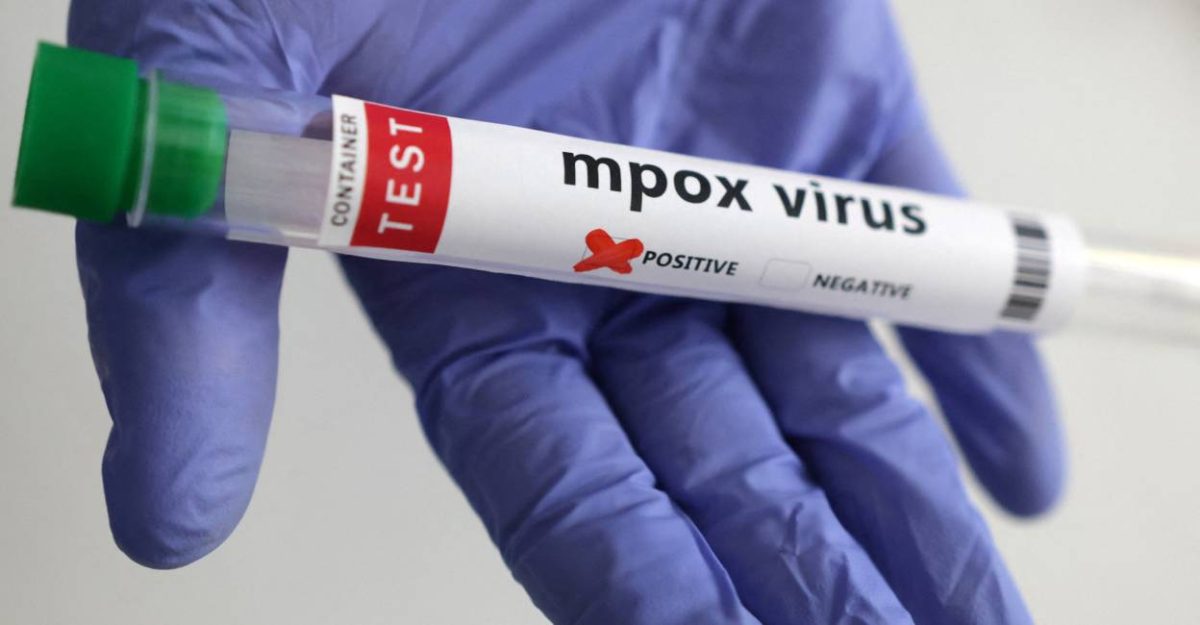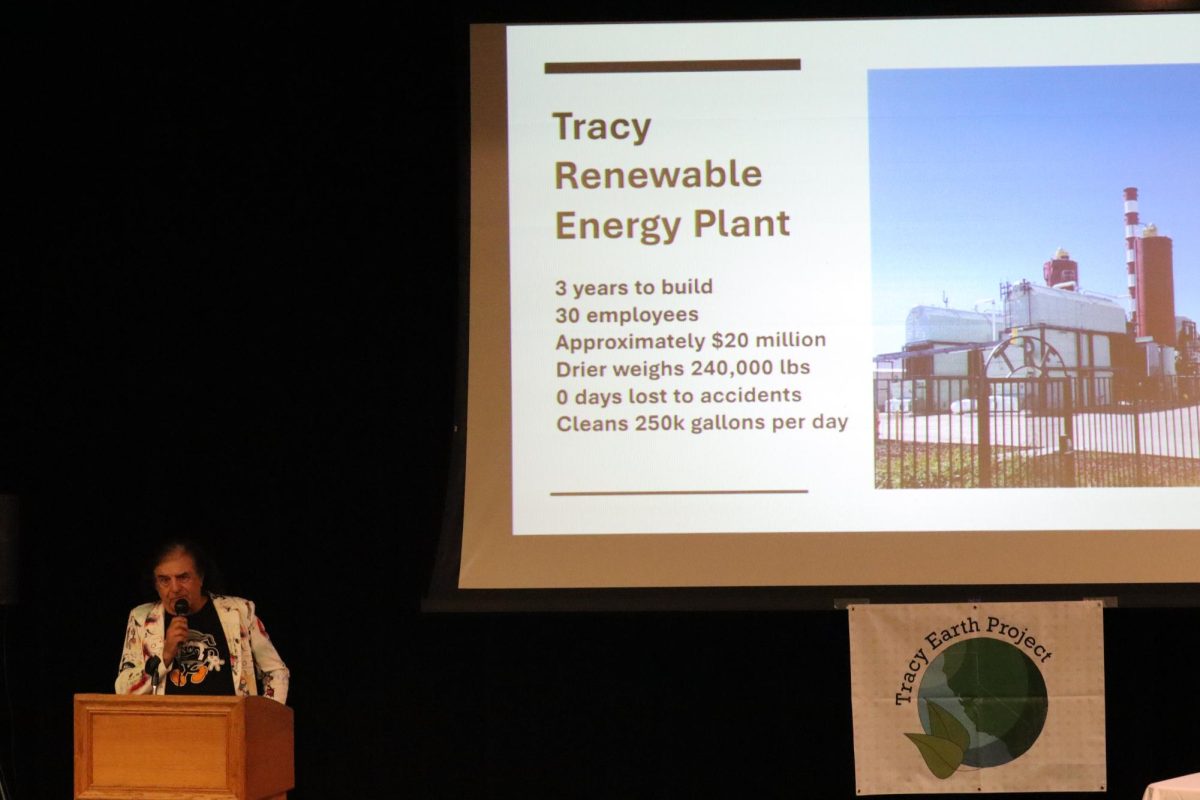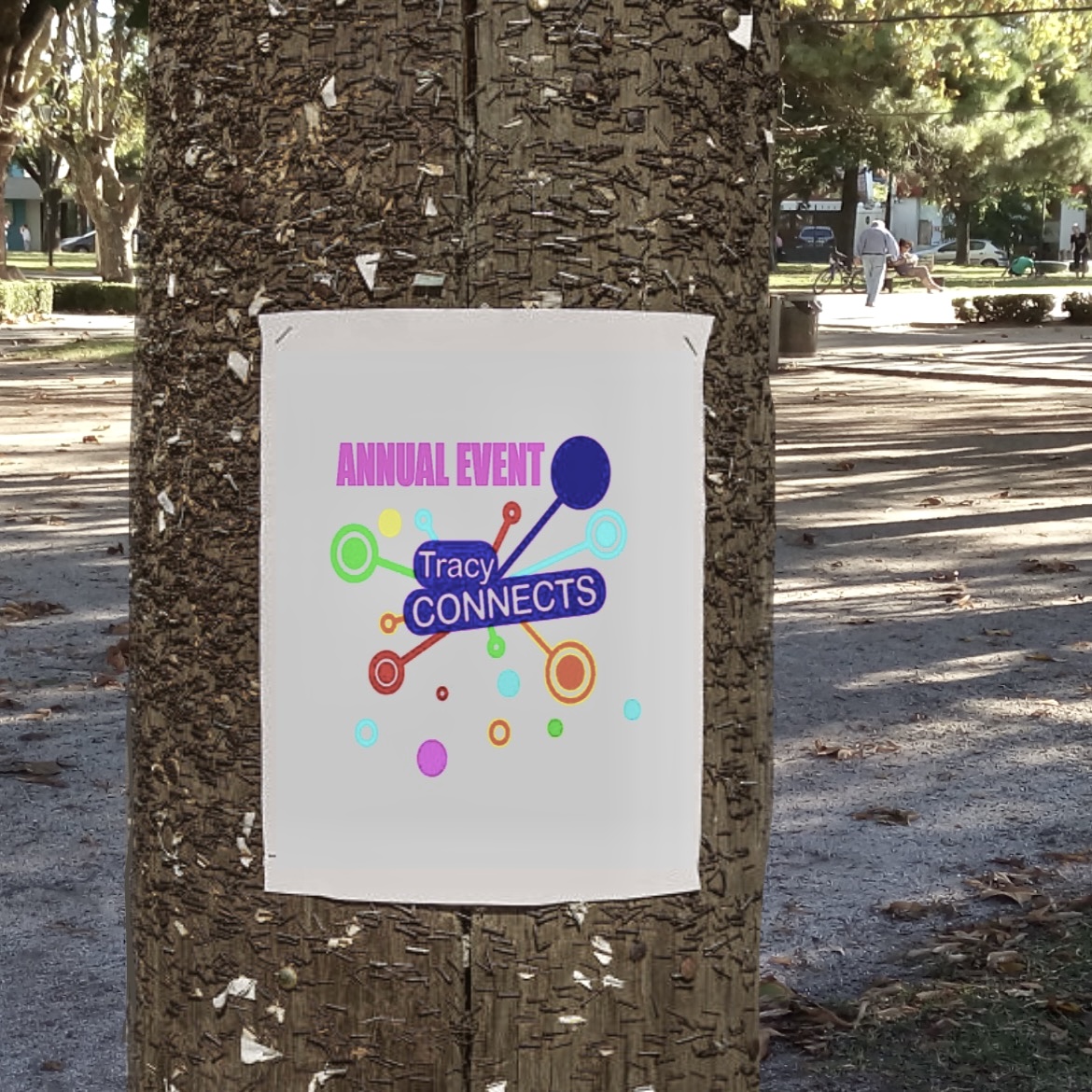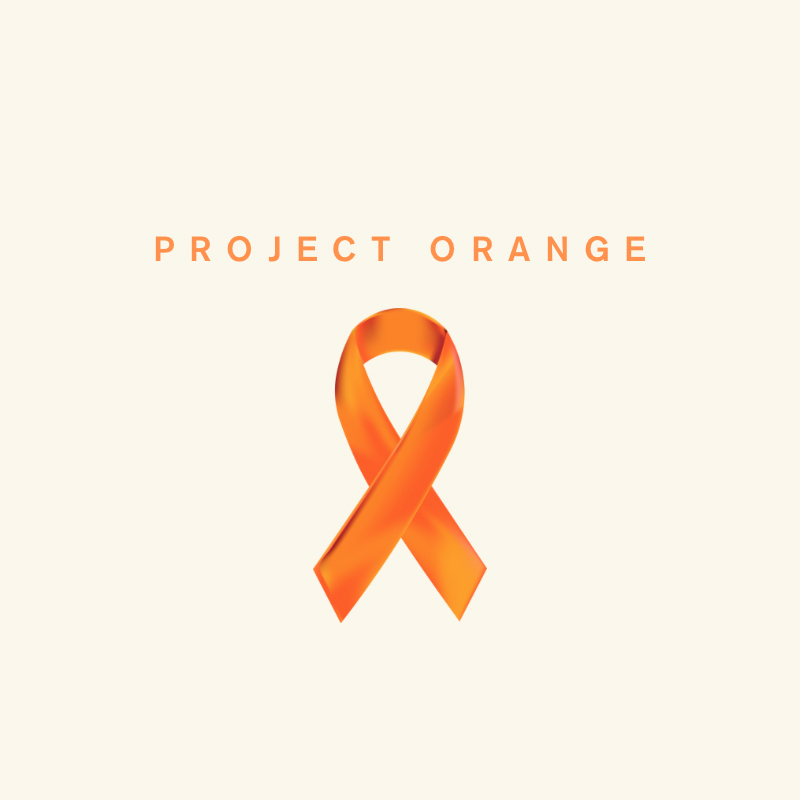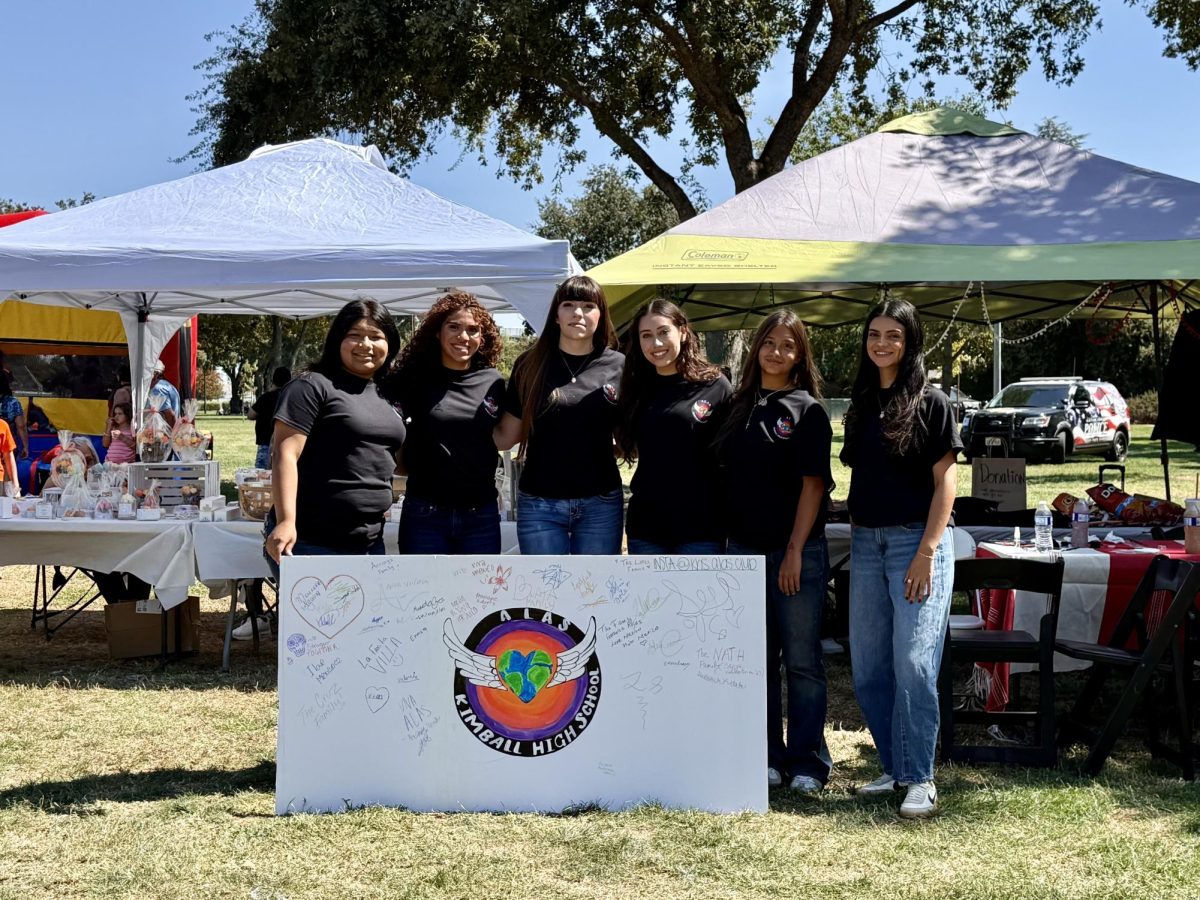The recent monkeypox (Mpox) outbreak has caught a lot of attention from high school students all around America. Rumors spread throughout social media platforms such as TikTok that schools might be forced back to online learning.
“I thought school was going to shut down again,” Joe Hoko said.
Many people were misinformed on the matter, but a worldwide quarantine will not be necessary for the containment of this disease.
Due to the spread of false information, students worried what this school year would look like.
“I already missed my seventh and eighth grade year,” Marcus Melendez said. “I can’t miss my senior year too.”
Compared to the COVID-19 disease, Mpox poses a small threat to our current lifestyle.
Mpox has infected over 100,000 people from 2022 to 2024. In the same amount of time, COVID had infected close to 80 million in the U.S. alone.
“I just did not want to go through another quarantine,” Eliana Perez admitted. “It only made life that much more difficult.”
The CDC declared Mpox a public health emergency in July of 2022, but recently gained popularity due to a rising number of cases from July 2024 to August of 2024.
Influencer Benji Krol posted a video that initially sparked interest on the topic. He created a video claiming Mpox might be the next COVID-19, causing another worldwide quarantine.
Krol’s video, along with other videos are how the misinformation originally started the panic.
Although the disease is not as dangerous as COVID-19, there are risks involved.
Symptoms of Mpox are typically more severe in young children. Some early symptoms include rash, fever, sore throat, muscle aches, low energy, back pain and swollen lymph nodes.
Vaccines are readily available for Mpox. According to data from the World Health Organization only around 0.1% to 10% of people infected will die from the disease.
The disease can spread from animals to people as well. Infected pregnant women see an uptick in fetus risk.
The people most at risk of being infected are those in close contact with already infected persons. Health workers have a larger threat of getting this disease due to the close contact with their patients.

